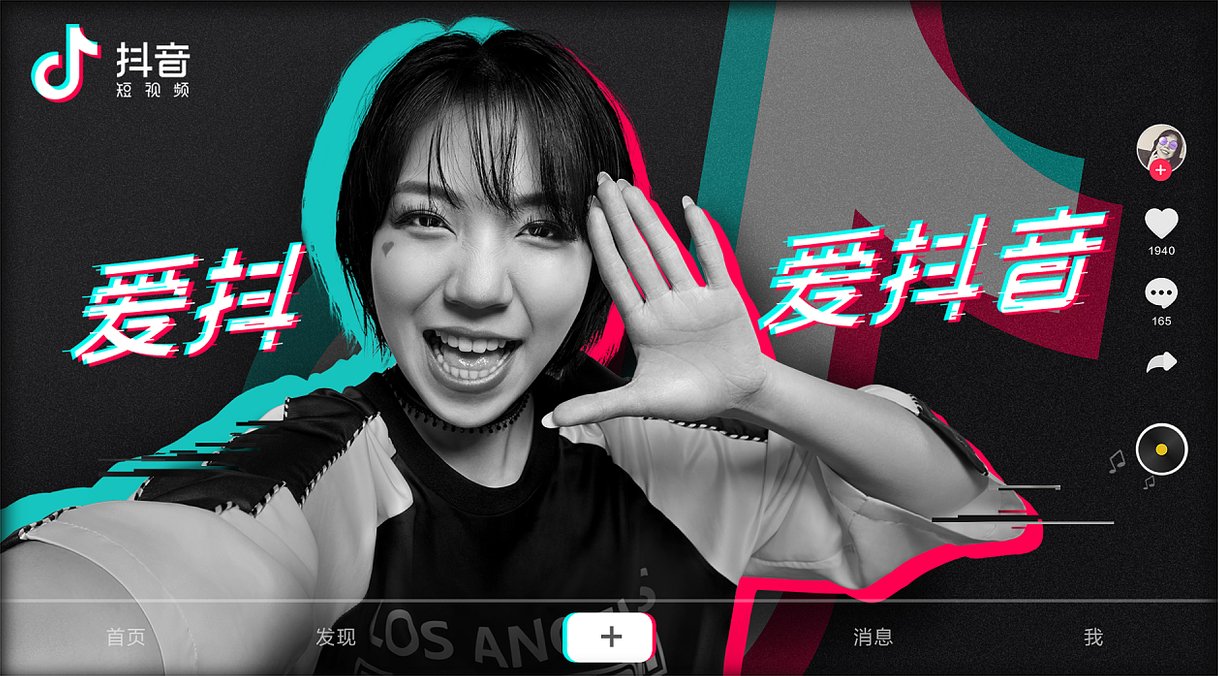Beyond Organic: A Guide to Paid Advertising
Entering the crowded digital landscape of China requires more than just compelling organic content. While building a strong brand presence through owned channels is essential, achieving significant visibility, reaching specific target audiences, and driving conversions necessitates a strategic investment in paid advertising. China's ecosystem of platforms – from search engines like Baidu to social giants like WeChat, Weibo, Douyin, and Xiaohongshu (RedNote) – offers diverse advertising tools that, when used effectively, will amplify your marketing efforts.
Understanding where and how to allocate your advertising budget is key to cutting through the noise and achieving your marketing objectives. This guide provides an overview of the primary paid advertising options across China's major digital platforms.
1. Baidu: Capturing Search Intent
As China's dominant search engine, Baidu is the equivalent of Google for most Chinese internet users. Advertising on Baidu focuses primarily on Search Engine Marketing (SEM) or Pay-Per-Click (PPC).
How it works: Brands bid on specific keywords relevant to their products or services. When users search for these terms, the brand's text or display ads appear prominently in the search results.
Best for: Capturing high-intent users who are actively searching for solutions or products you offer. Driving qualified traffic to your website or e-commerce landing pages.
Key Features: Keyword targeting, geographic targeting, performance tracking.
2. WeChat: Targeted Reach in a Closed Ecosystem
WeChat's "super app" status makes it a unique advertising environment, focusing on reaching users within its relatively closed social and transactional ecosystem. Key ad formats include:
Moments Ads: These native ads appear seamlessly within users' "Moments" feed (similar to Facebook's timeline), offering broad reach. Ideal for brand awareness and promoting campaigns.
Official Account Ads: Ads can appear within articles published by other WeChat Official Accounts or at the bottom of articles, targeting users interested in specific content categories. Good for reaching engaged readers.
Mini Program Ads: Ads designed to drive traffic directly to a brand's WeChat Mini Program (for e-commerce, services, loyalty programs, etc.), facilitating direct action within WeChat.
Targeting: WeChat offers robust targeting based on demographics, location, interests, and user behavior within the app.
3. Douyin (TikTok China): Engaging Through Short Video & Livestream
Douyin's advertising leverages its dominance in short video and its powerful e-commerce integration.
In-Feed Video Ads: Short, engaging video ads integrated directly into users' main video feed, designed to capture attention quickly.
Hashtag Challenges: Brands can sponsor trending hashtag challenges, encouraging user-generated content and massive viral potential.
Livestream Promotion: Paid options exist to boost the visibility of live commerce streams, driving viewers to real-time sales events.
E-commerce Ads: Ads designed specifically to drive traffic to Douyin's in-app stores or product pages, facilitating impulse purchases.
Targeting: Leverages Douyin's powerful algorithm to target users based on viewing habits, interests, demographics, and interactions.
4. Weibo: Broadcasting to the Public Square
As an open microblogging platform, Weibo offers diverse ad formats suited for broad reach and public engagement.
Feed Ads: Native ads appearing within user timelines, suitable for text, images, videos, and links to e-commerce stores. Good for storytelling and engagement.
Display Ads: Banner ads placed in high-visibility areas like the homepage or app sidebars for maximum exposure.
Search Engine Promotion: Boosts visibility within Weibo's internal search results for specific keywords.
Fan Tunnel & Fan Headline: Tools designed to promote accounts (Fan Tunnel) or specific posts (Fan Headline) to existing followers and broader targeted audiences, ideal for follower growth or amplifying key messages.
Targeting: Offers advanced targeting based on demographics (age, gender, location), interests, user behavior, and even competitor follower lists.
5. Xiaohongshu (RedNote): Influencing Lifestyle Choices
RedNote's advertising focuses on reaching users during their product discovery and research phase, often integrated with influencer content.
Feed Ads: Native ads appearing in user feeds, often visually driven and focused on lifestyle integration.
Search Ads: Ads appearing when users search for specific keywords related to products, categories, or trends.
Targeting: Focuses on user interests, demographics (predominantly young, affluent females), and search behavior within the platform.
Key Considerations Across Platforms
Targeting Precision: All major platforms offer sophisticated targeting options. Leveraging these effectively is crucial for maximizing ROI.
Pricing Models: Common models include Cost-Per-Mille (CPM - pay per 1,000 impressions), Cost-Per-Click (CPC - pay per click), and Cost-Per-Action/Acquisition (CPA - pay for a specific action like a download or purchase). Choose models aligned with your campaign goals (awareness vs. conversion).
Localization is Non-Negotiable: Ad creative, copy, and messaging must be tailored to Chinese cultural nuances, language preferences, and platform context. Direct translations often fail.
Clear Call-to-Actions (CTAs): Tell users exactly what you want them to do (e.g., "Shop Now," "Learn More," "Follow Us").
Budget Allocation: Paid advertising requires investment. Newer brands, in particular, may need to allocate a significant portion of their marketing budget to paid channels, especially during launch phases, to gain traction.
Conclusion
While organic reach and influencer collaborations are vital components of a China marketing strategy, paid advertising is often the necessary catalyst to achieve scale, precision, and consistent visibility. Platforms like Baidu, WeChat, Douyin, Weibo, and RedNote each offer unique advertising tools suited to different objectives. By understanding these options, utilizing precise targeting, creating localized content, and integrating paid efforts thoughtfully within your broader strategy, you can effectively leverage paid advertising to navigate China's competitive digital landscape and drive meaningful business growth.
Need help navigating China's paid advertising landscape? Contact us to develop a targeted and effective digital advertising strategy.

